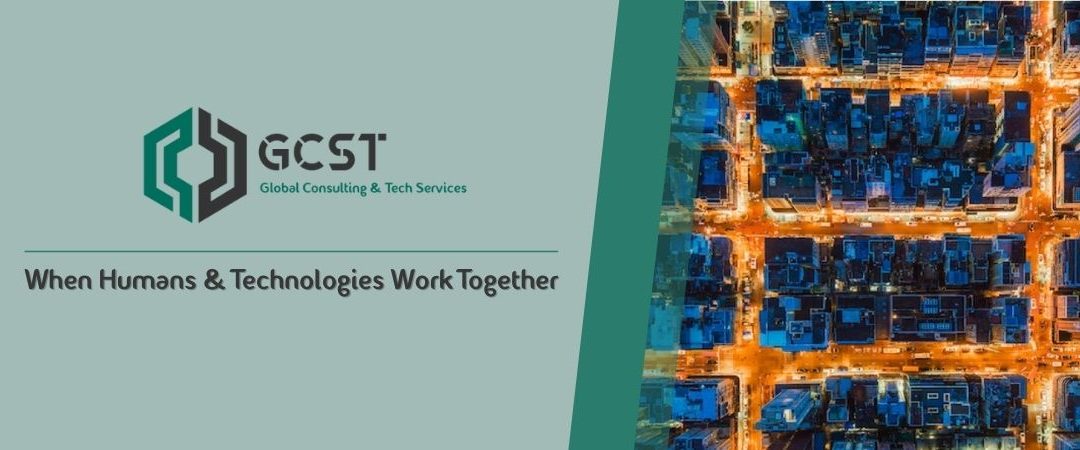How Many SaaS Applications Is Your Organization Using? . According to the Snow 2022 IT Priorities Report, 69% of IT leaders stated that in the last 12 months alone their organization’s investment in SaaS applications has increased or increased significantly. With this increase in SaaS app use, however, organizations don’t have visibility of applications that have not been vett by the security team.
By Jennifer Kuvlesky | January 14, 2022SaaS Management
Knowing how many SaaS applications you’re really using can help your organization reduce risk, minimize contract complexity and reduce costs from unused or over-licensed applications. Without using modern methods to understand application use, there may be much more you’re missing. To combat this, here are a few specific questions you can ask to gain more insight.
How many SaaS applications are your employees using that aren’t going through formal procurement and your company’s identity and access management solutions (SSO/CASB)?
The reason why this question is important is:
- When apps don’t go through your SSO/CASB platform, passwords used may not be strong, leaving the door open for hackers.
- Not knowing how employees are processing company and customer data via unsanctioned and free SaaS applications can result in huge compliance fines.
- You could be overpaying or out of compliance when employees are using individual subscriptions where your company should technically own a business subscription.
- Having corporate data store in applications that can be access without audit and compliance process is a huge risk to corporate IP.
- When applications become “the standard,” even when not managed by IT, organizations can become dependent on the application and still rely on IT to fix it when problems arise.
If your company’s goal is to reduce complexity, then you should consider asking:
How many redundant applications are your employees using? How many contracts does your organization have with the same vendor?
For organizations that have organizational silos, frequent M&A, and rampant technology purchases outside the normal procurement process, the technology environment is ripe for application rationalization. Having visibility of all applications in use, categorized by application functionality will help you quickly see opportunities for rationalization.
Frequently, central IT decides to standardize on a particular technology, but employees from certain business units may be slow to adopt. A side benefit of having an inventory of applications in use is it can make innovation easier. If one business unit is already using a tool to scale their sales organization, other business units can more easily procure that same technology since the vendor is in the purchasing system and there are insider success stories.
Organizations with multiple business units and active M&A also likely have multiple agreements with the same vendor and could be missing out on volume discounts that could be taken advantage of with the entire environment under the same agreement. By consolidating under one agreement, licenses often can be share between geographies and business units, allowing you to prevent unnecessary purchases if one business unit is over licensed and one is under-license. Some agreements may also have more favorable terms than others that could be leveraged for a company-wide benefit.
Another, more obvious variation of the question is center around cost optimization:
How many SaaS apps do you have unused licenses or licenses that can be adjusted down from premium tiers?
You may understand how many authorized applications your organization is using, because you’re on top of your contracts, or have SSO or CASB technology. However, you might not have insight into enough usage details to understand how to optimize license costs. On average, 30% of license spend is waste. To assess waste and optimization opportunities, you should consider these questions:
- How many purchased licenses are allocate? Are you over licensed or under licensed?
- How does usage compare to licenses allocated? Sometimes free or limit trials are give in the term of a contract – is this trial being utilize?
- Are your employees using all the features of premium tiers? SaaS makes it easy for providers to bundle features into multiple tiers. The result is you might be paying for features you don’t need.
- Where are your employees accessing applications from? Some license tiers are price according to how the software is being use (installed on your PC vs just online access as in the case of Microsoft 365).
As outlined, there are multiple drivers for discovering SaaS application usage in your organization – reducing cost, identifying risk and minimizing redundancies. There are multiple methods available today to discover SaaS applications and usage but some methods may be more beneficial than others.
To learn more about methods to capture SaaS applications used by your organization, register for our webinar on February 24, 2022.
Resources : How Many SaaS Applications Is Your Organization Using? | Snow Software

Software Asset Management CyberSecurity Consultants in the Middle East (gcst.ae)

